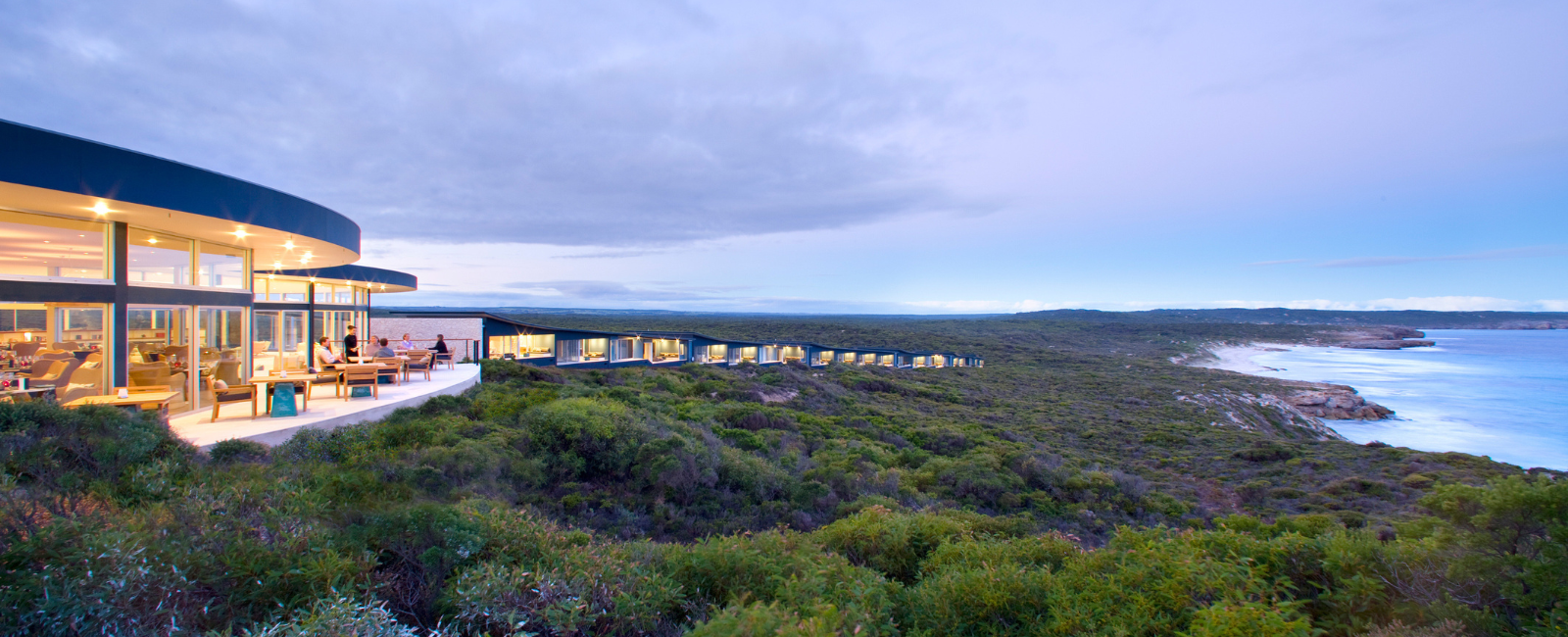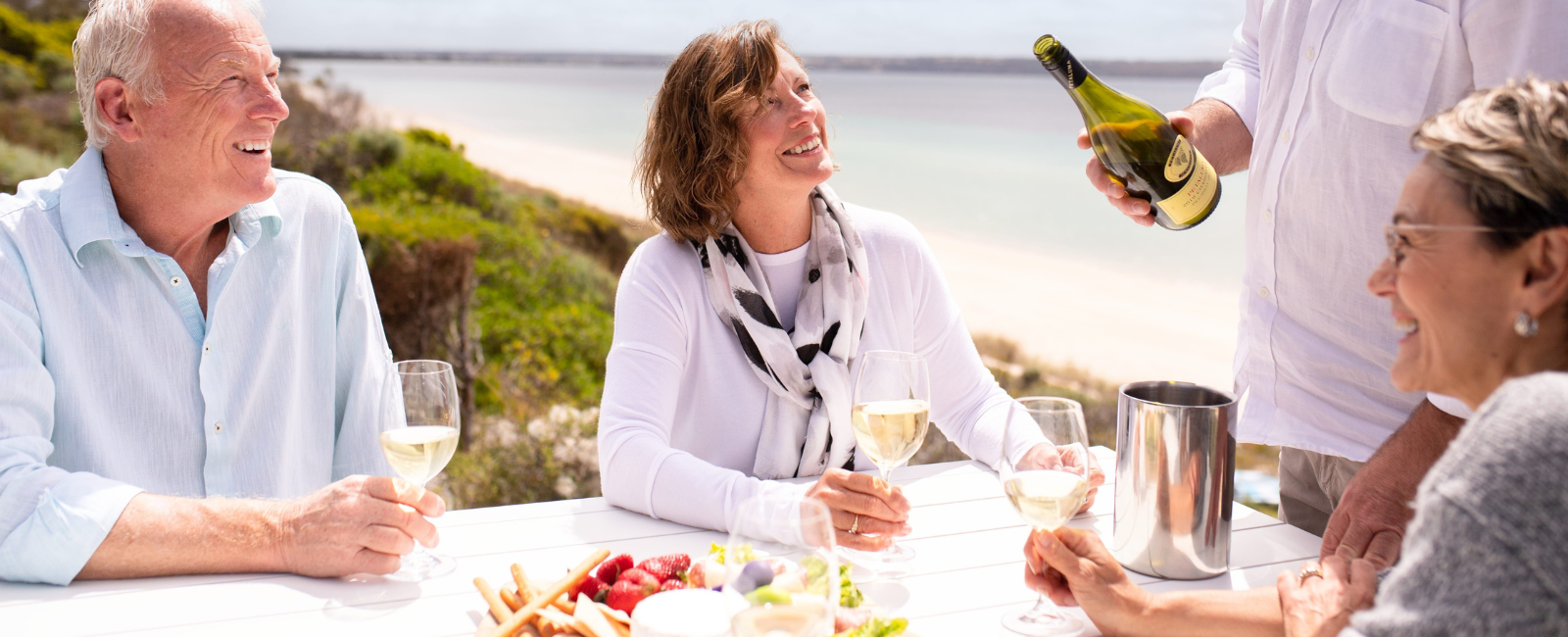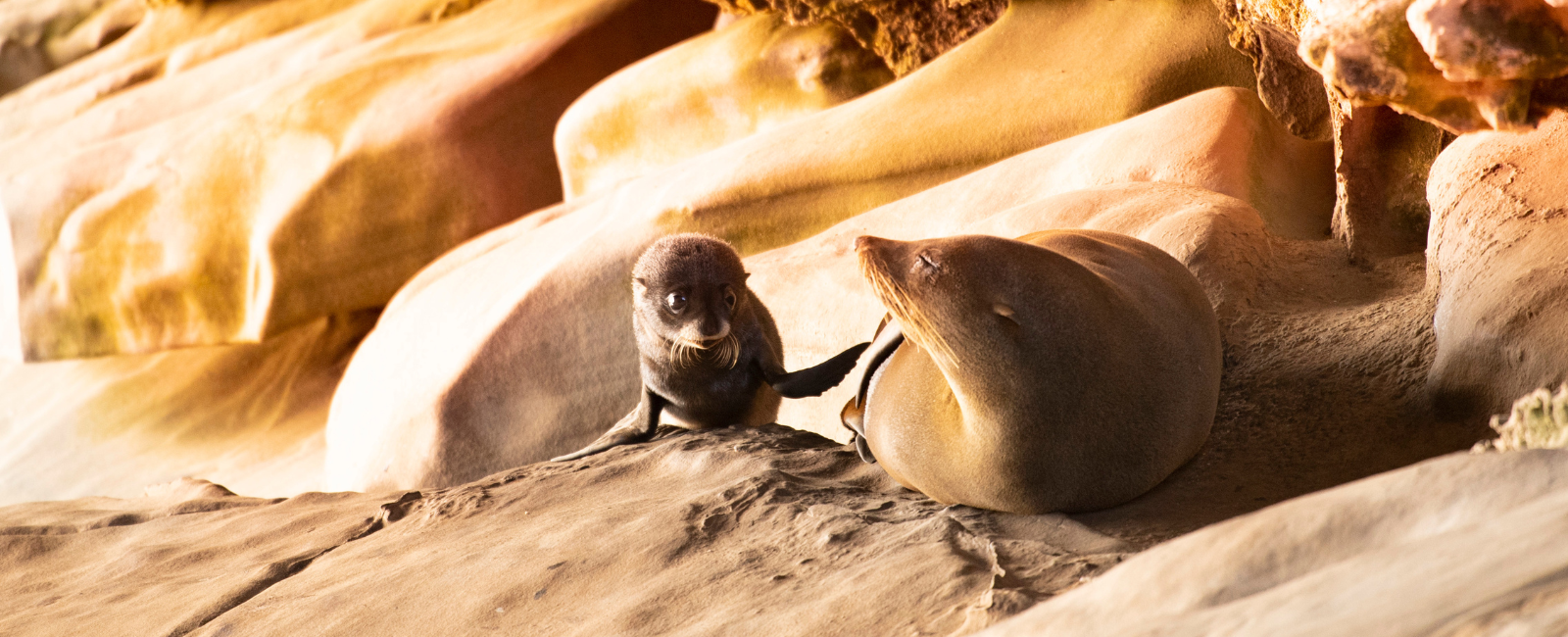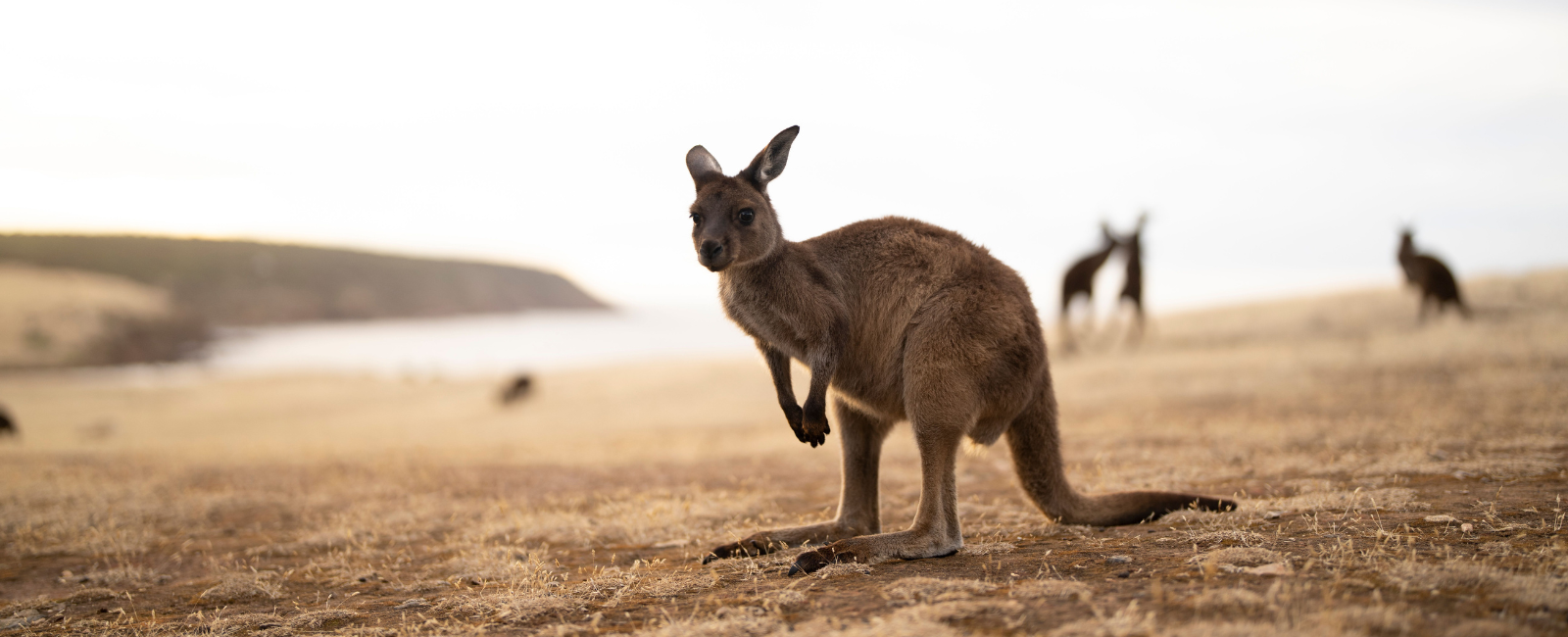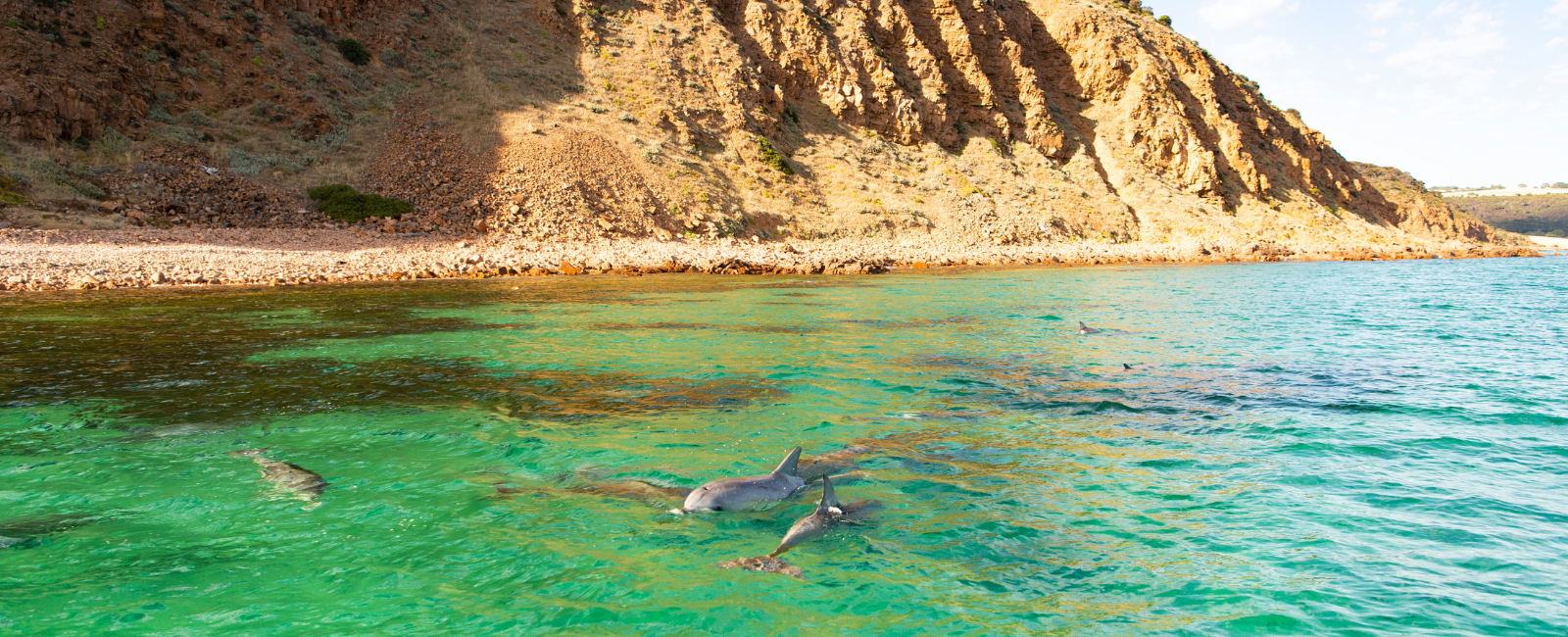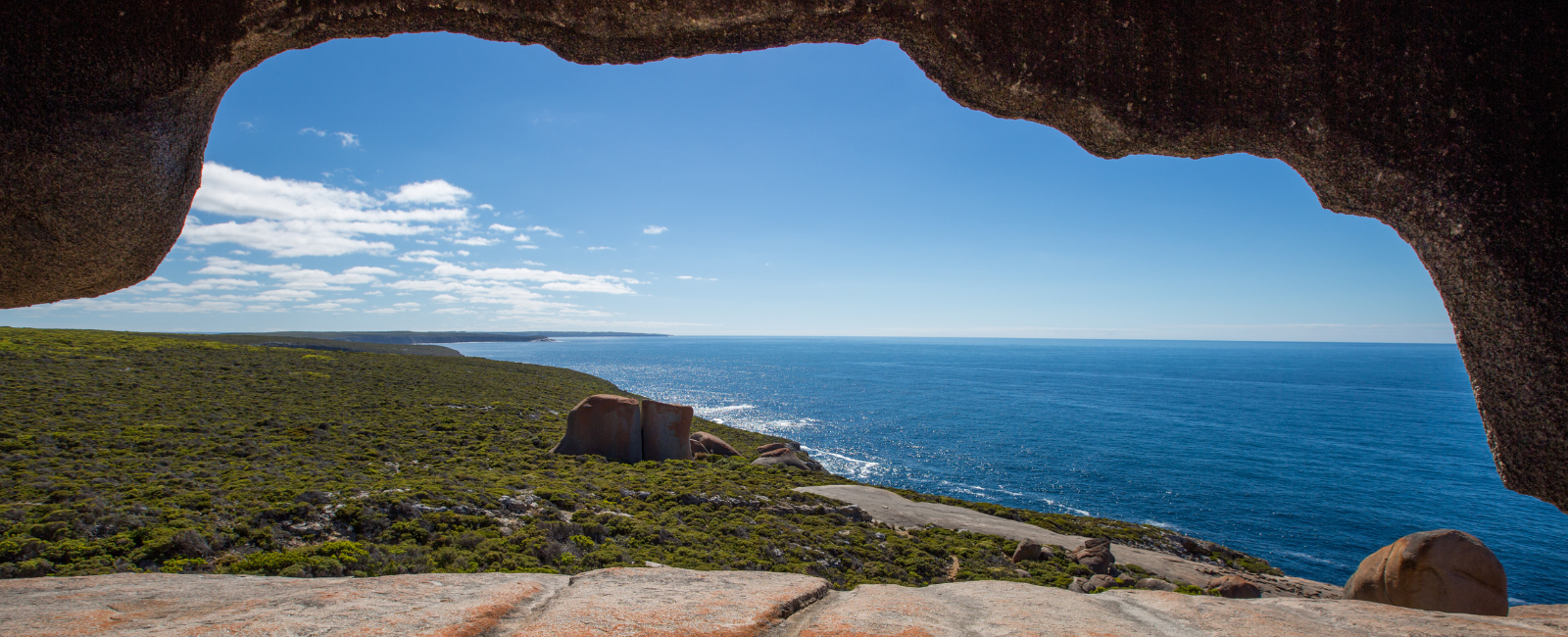
The ideal island getaway, packed with out-of-this-world wildlife, flavours, and sights, we asked guest blogger John Rosenthal, to share with us his magical trip to Kangaroo Island. Although the island grows in popularity, John states the island still emotes a sense of raw beauty and magic. Whether you're a foodie, explorer or have a preference for secluded beaches, check out John's blog on the wonders of Kangaroo Island.
I wasn’t sure I wanted to go back to Kangaroo Island. My first visit, nearly 20 years ago, was one to remember. Engraved in my memory was an island of endless eucalyptus forests replete with koalas and rolling paddocks where wild kangaroos grazed morning and night. A rugged coastline made frequent accommodation for vast windswept white sand beaches, some populated by colonies of endangered seals, others left free to the devices of fewer than 5,000 human residents.
In the years since that magical trip, however, the island has been discovered. Like the islanders I befriended during that first visit, so many of whom displayed a sincere pride of ownership in their home, I feared that development might forever ruin what was so special about the place.
“A lot has happened, but not much has changed,” says Craig Wickham, a naturalist who showed my wife and me around during our first visit and who has remained a mate ever since. In addition to raising two kids and growing his island touring business, Exceptional Kangaroo Island, he’s been active in the effort to keep Kangaroo Island the way it has long been. He’s been a relentless advocate for sustainable tourism and has gently enlisted visitors in the effort by showing them the beauty of this unspoiled place.
1. Remarkable nature
Two of Kangaroo Island’s premier attractions, Admiral’s Arch and Remarkable Rocks, are geological spectacles thousands of centuries in the making, so I didn’t expect much of a metamorphosis in just 20 short years but the Arch, a land bridge created by the erosion of a sea cliff, has been made all the more remarkable by the arrival of a colony of New Zealand Fur Seals. Between fishing expeditions out at sea they decamp in the sun along the more horizontal slabs of limestone surrounding the Arch where they’re occasionally joined by their lighter-coloured cousin, the Australian Fur Seals.
The Arch is also the island’s foremost example of how even modest tourism infrastructure has increased access to wonders of nature while reducing human impact on them. Wooden boardwalks leading to the prime viewing spots have kept admirers off the rocks, allowing the seals to feel less vulnerable in this siesta spot.
Boardwalks at Remarkable Rocks have produced similarly gratifying results. Visitors are still free to climb all over these massive, irregularly eroded granite boulders – they can’t cause a fraction of what the elements have already wrought over millennia – but thanks to a path from the expanded parking lot, gawkers no longer trample the surrounding vegetation in their rush to snap photographs.
2. Luxury accommodation
There also are a few more – and more upscale – lodgings than the simple motel-style accommodation I stayed in the last time and, to my unexpected delight, they’re in keeping with the island’s independent nature. Cliff House, with its astounding perch over secluded Snelling’s Beach, is a perfect example. It’s one of just three villas in the family-run LifeTime Private Retreats collection.
Another, Southern Ocean Lodge, is a super-luxurious resort on the island’s south coast, not too far from the landmark Flinders Chase National Park. Although Southern Ocean Lodge was destroyed by bushfire in 2020, a next generation Southern Ocean Lodge is under construction, with 2.0 expected to be finished 6 December 2023. Watch this space.
The next iteration of this luxury lodge will be designed by architect Max Pritchard, who visioned the original building, so visitors can expect another striking design aimed at maximising heat flow in winter and cooling breezes in summer.
3. Local talent
When on Kangaroo Island it pays to tour with your taste buds. More than just a natural playground, it's an epicurean one, with everything from grain-fed beef and free-range geese to artisan Manchego and the island's own Ligurian honey.
Entrepreneurial local farmers have shifted land into production of tomatoes, wheat, canola oil, even some excellent pinot noir grapes and award-winning spirits. In fact, Kangaroo Island wines, now attract attention that previously might have been limited to the Barossa Valley.
4. Wildlife encounters
Yet in so many ways, Kangaroo Island remains the same. Often dubbed the ‘Galapagos of Australia’ for the uniqueness of its fauna, it’s still a place where you don’t have to go far to spy a koala or a kangaroo in the wild. “Just find some place with a few shade trees and you’re bound to flush a kangaroo,” says Ron Swan, one of Craig Wickham’s mates.
To prove his point, he drives maybe five minutes off the main highway into a land of rolling brown hills, pocked by eucalyptus trees, and stops the car near a thick copse. Kangaroos typically make themselves scarce in the midday heat but we gradually discover that we’ve happened upon a mob cooling their heels beneath the canopy of flora.
First, one becomes visible through the branches, then another, and as we approach the stand, three or four more come into view. Finally, there are six of them, and their ringleader calls for a quick exodus. They bound down the landscape, one behind another, in no particular hurry, knowing that they can escape us without much effort. Still, they don’t disappear from view; rather, they stare back at us from a safe distance, wondering whether those yahoos in the car are going to leave their resting place, or whether they have to choose another from the millions available on the island.
Over the course of just one day, I was privileged to see Tamar Wallabies (extinct on mainland Australia), endangered Australian Sea Lions, endangered Rosenberg sand goannas, and rare white-bellied sea eagles. Oh, and I almost forgot koalas, which are plentiful.
5. Swimming with dolphins
If anything, I’m the one who has changed. I’ve seen plenty of wild kangaroos since that first visit, including one in Adelaide the day before on a hike to the top of Mount Lofty. But the sight of six ’roos in a row, hopping in formation, still had the power to move me.
I’ve witnessed scores of coastlines just as beautiful as those found here, and stretched out on dozens of beaches no less secluded. On the strand not 800km from my house I routinely see dolphins but never have I swum among them the way I did on this trip. This was no commercialised petting zoo but rather a pod of about 20 bottlenose dolphins who didn’t seem to mind a few humans, trying futilely to keep up with them as they dart around the water. These are animals that outsmart sharks, so they weren’t worried about some pale finless creatures flailing about in their midst.
When I first travelled to Kangaroo Island it felt like a once-in-a-lifetime destination, a mythical faraway place where I’d never be privileged to return but for a destination this exceptional, I see no reason to limit myself to one trip per lifetime.
I was wrong to worry about Kangaroo Island changing. It’s not the same as it was; it’s better.
NEED TO KNOW
- Cape Jervis is less than two hours drive south of Adelaide.
- The ferry journey from Cape Jervis to Penneshaw on Kangaroo Island takes about 45 minutes.
- Hire a car in Adelaide to enjoy the scenic drive to Cape Jervis and take the vehicle ferry across to Kangaroo Island, or rental cars are available on the island.
- The Island Intrigue CD, available at the Visitor Information Centre at Penneshaw, provides an audio tour for self-guided travel around the island.
- For insider knowledge and tailored experiences book a hosted tour with Exceptional Kangaroo Island.
- With food, wines, wildlife encounters, including swimming with dolphins, and 23 hikes to try across the island, you will need to stay several days to do it justice.
PLAN YOUR TRAVEL
GETTING THERE


